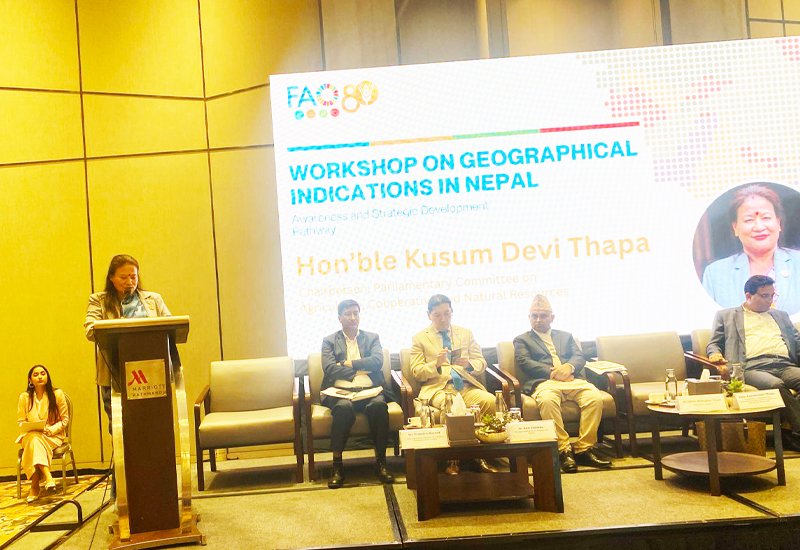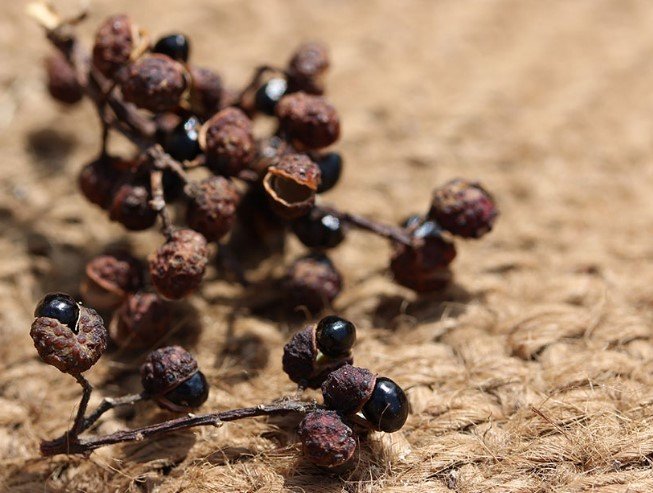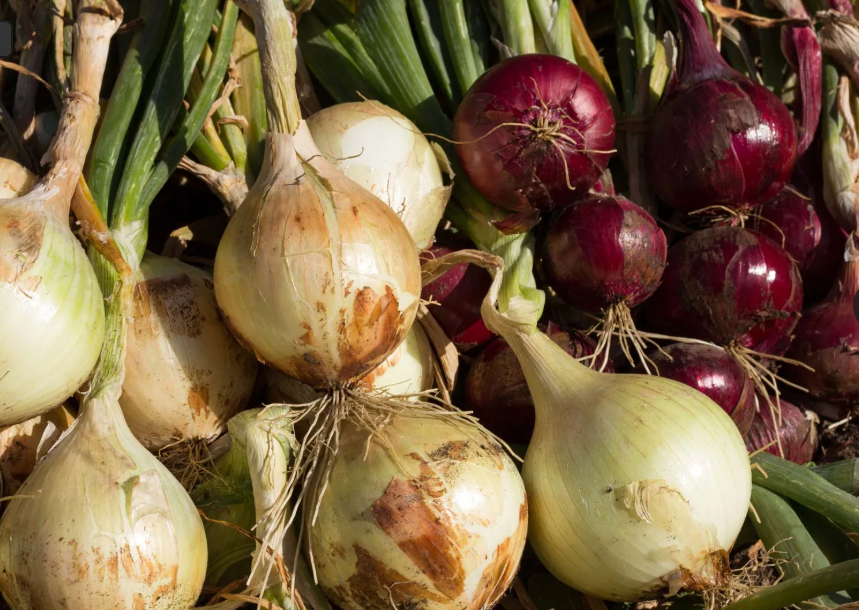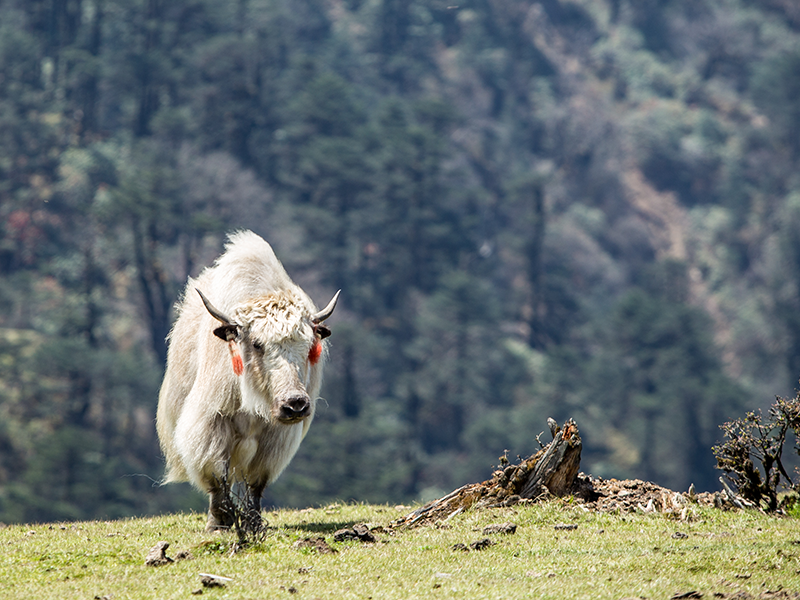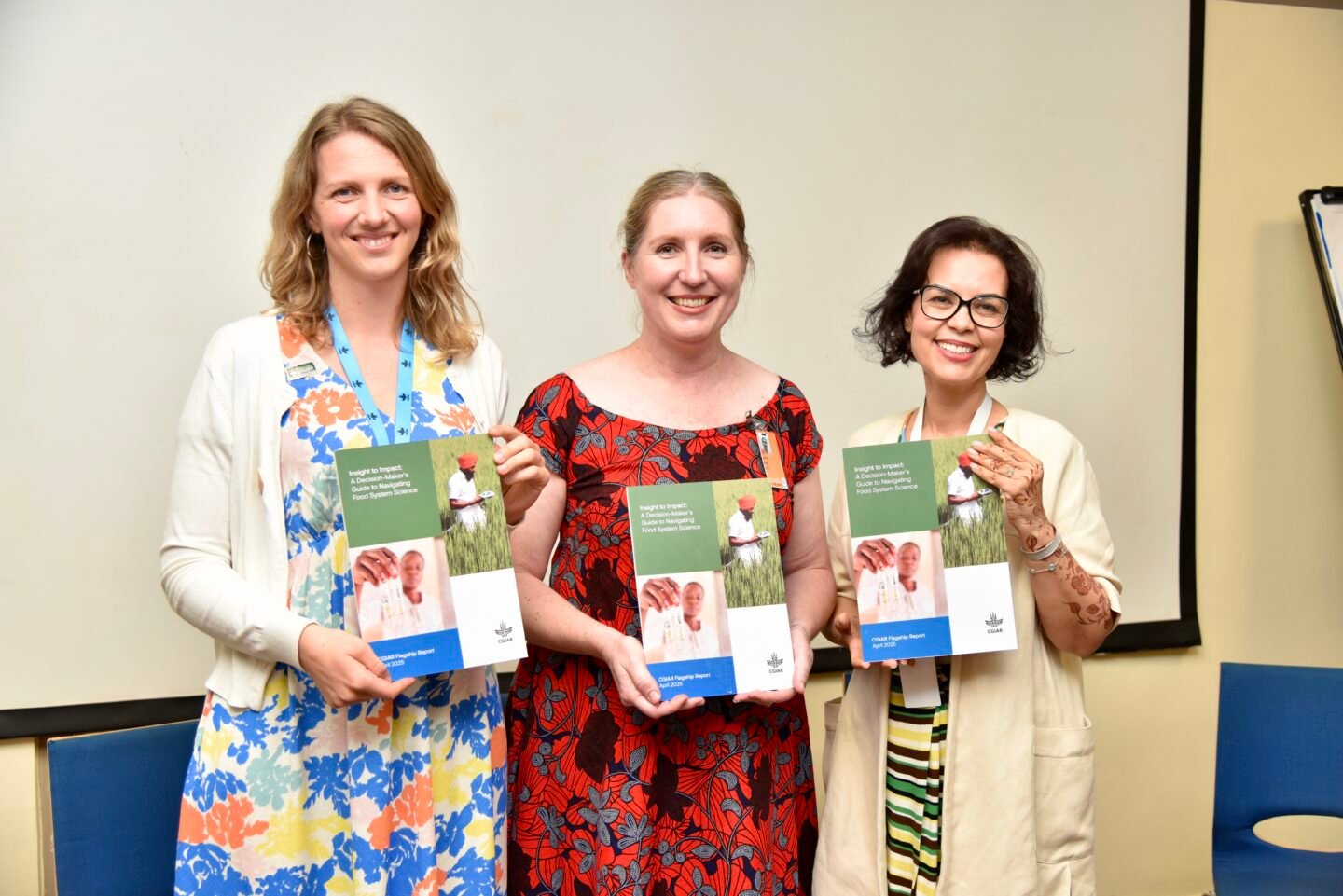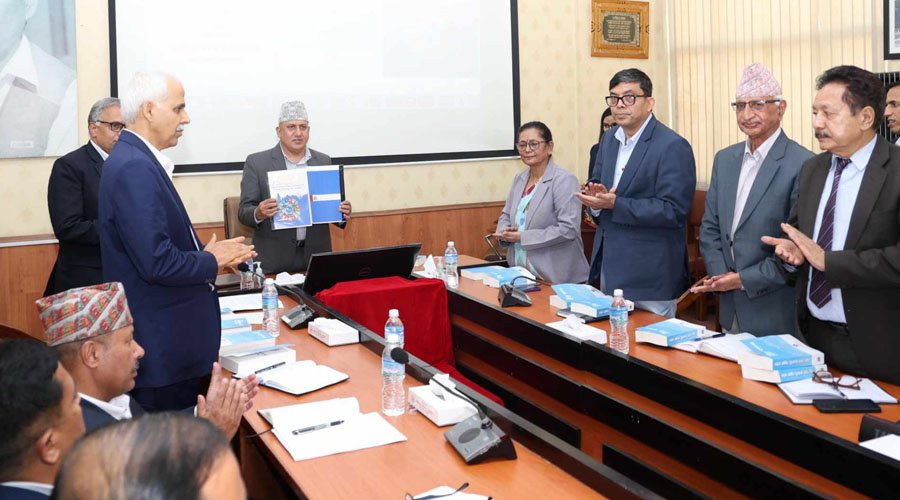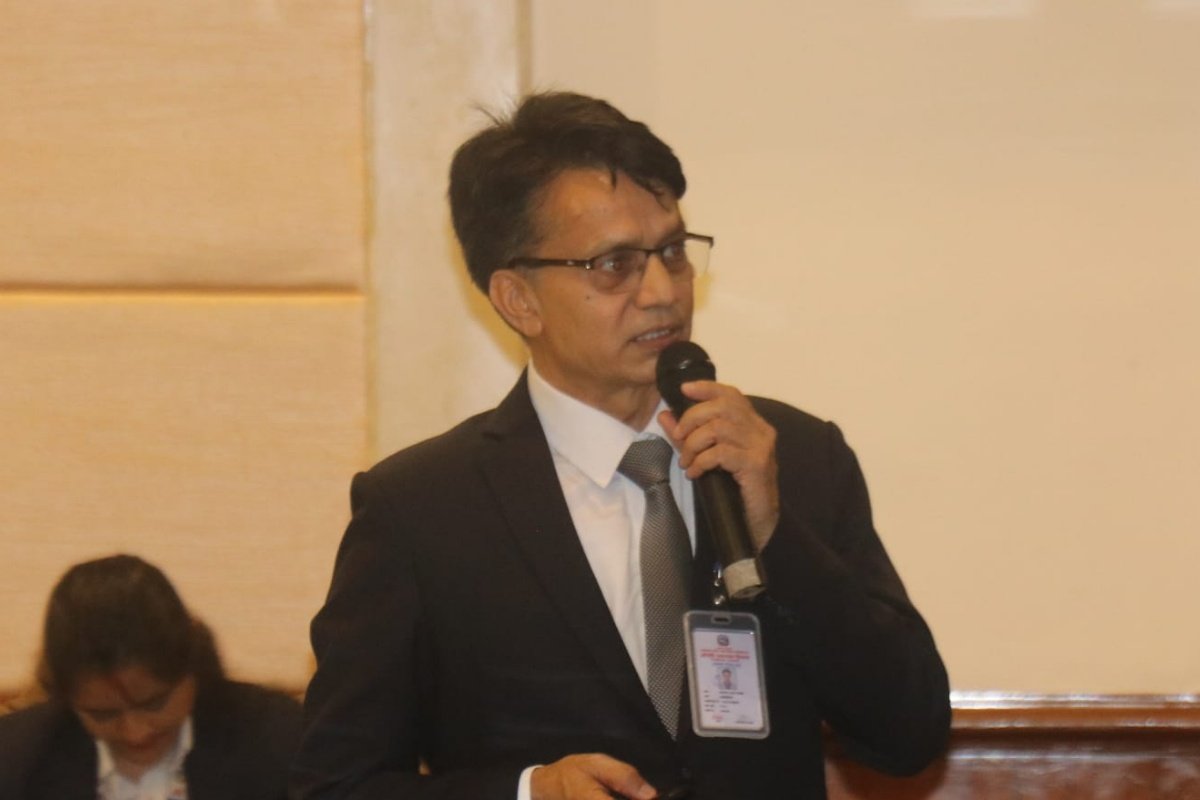Ghanshyam Adhikari (Bairagi Jetha)
Kathmandu, September 27, Workshop on Geographical Indications in Nepal; Awareness and Strategic Development Pathway launch Naxal, in Orient Hotel by the United Nations Food and Agricultural Organization (FAO) Nepal.
On occasion in Programme Chief Guest Hon’ble Kusum Devi Thapa, Chairperson, Parliamentary Committee on Agriculture, Cooperative and Natural Resources. H.E. Damodar Bhandari, Minister, Ministry of Industry, Commerce and Supply (MoICS) Ken shimizu FAO Nepal and Bhutan Representative has added to value add and conservations specific areas food in Nepal.
Background
Nepal, due to its agroecological zones and multitude of cultural diversity, is endowed with a rich knowledge of agricultural biodiversity, unique agricultural heritage, and traditional knowledge that can be attributed for a wide array of origin-linked products. Some of the popular Nepalese origin agricultural products linked with the geography ranges from high-altitude Jumla Marshi rice, Ilam orthodox tea, and Mustang apples, to artisan handicrafts like Dhaka textiles and Lokta paper. These products exhibit unique reputation in market due to their reflection of local identity and tradition that is linked with their production practices and distinctive uniqueness that are inherently linked to the place of origin, its microclimate, agro- ecological factors, cultural and human practices associated with the production area.
In recent years, there has been increasing global recognition of the role of Geographical Indications (GIS) in promoting inclusive rural development. GIs serve as an important instrument for improving market access for rural products, preserving traditional knowledge, and enhancing the economic value and competitiveness of unique, origin-linked goods. They are formally recognized under the World Trade Organization’s (WTO) Agreement on Trade- Related Aspects of Intellectual Property Rights (TRIPS). The agreement provides a comprehensive definition of GIS and is acknowledged as the first international multilateral accord dedicated to the protection of geographical indications.
Article 22 of the TRIPS Agreement obliges WTO member countries to provide legal means for the protection of GIs. This includes preventing false or misleading claims of origin and curbing unfair competition related to geographical designations. As such, GIs offer a promising pathway to uphold product authenticity, protect rural livelihoods, and promote sustainable local development.
Despite their potential, Nepal’s GI system remains at an early stage of development. Although some initiatives and research efforts have attempted to identify and promote products with strong GI potential, the country continues to face a number of challenges. These include limited producer awareness, absence of a coherent legal and institutional framework, lack of trained personnel for registration and verification, and weak mechanisms for quality control and compliance auditing. Moreover, limited coordination among relevant stakeholders and insufficient technical capacities remain critical barriers to progress.
To respond to these challenges and to support the development of a robust GI system in Nepal, the Food and Agriculture Organization of the United Nations (FAO) is organizing a national workshop to raise awareness on Geographical Indications (GIS). This event marks a key milestone in FAO’s continued support to Nepal in promoting origin-linked products through institutional strengthening and stakeholder engagement.
The workshop will aim to broaden awareness on the value and benefits of GIS among national stakeholders. It will bring together representatives from government, producer groups, civil society, academia, and the private sector to discuss the strategic importance of GIS in enhancing product identity, rural development, and agrobiodiversity conservation. The event will also serve as a platform to share national and international experiences, identify key gaps and opportunities, and promote multi-stakeholder dialogue on the way forward for GI development in Nepal.
In addition, the workshop will support the identification of roles and responsibilities of relevant actors, promote inter-sectoral coordination, and help lay the foundation for the creation of a sustainable and inclusive national framework for GIs. This initiative is expected to catalyze informed policy dialogue, generate stakeholder commitment, and contribute to long-term efforts to recognize and valorize Nepal’s unique agricultural and cultural heritage through the formalization and protection of Geographical Indications.
2. Objectives:
To introduce the core concepts and values that GIs bring in the context of sustainable development and value addition of the locally identified agricultural, food and handicrafts related products.
To inform the current progress of laws and policy framework of Geographical Indications (GIS) in Nepal, including policy frameworks and institutional responsibilities for its active promulgation and adaptation.
To present the roadmap of geographical indication development, and implementation methodology of GI development.
To build consensus among the multistakeholder groups and promote coordination among key stakeholders from public, private, and development sectors for sustainable development of GI framework in Nepal.
